According to the announcement, the Literature exam consists of two parts, with a total score of 10. Part 1 (5 points) includes reading comprehension questions (3 points) and paragraph writing (2 points). Part 2 (5 points) includes reading comprehension questions on argumentative texts; or information (1 point) and social argumentative writing (4 points).

The reading comprehension material is outside the textbook, with a total length of no more than 1,300 words. In the writing section, candidates can choose to write a paragraph of about 200 words expressing their feelings about poetry, art forms or a social essay discussing a life issue. The test is designed to integrate reading comprehension and writing, with the score ratio: 20% recognition, 40% understanding, 40% application.
In Mathematics, the exam consists of 7 exercises covering all the main knowledge streams such as numbers and algebra, geometry - measurement, statistics - probability. The questions are designed to be related to real-life situations, aiming to assess students' ability to think logically, reason and model mathematics, instead of testing mechanical memorization of formulas.
The score ratio is allocated according to the capacity development direction including 30% recognition, 40% understanding and 30% application, helping to clearly classify the level of knowledge mastery and the ability to apply it in practice.
Meanwhile, the English test consists of 4 main parts: Phonetics (1 point, questions 1 - 4); Vocabulary - grammar - communication (3 points, questions 5 - 16); Reading comprehension (3 points, questions 17 - 28); Writing (4 points, questions 29 - 40).
This structure continues to maintain the stability of previous years but at the same time expands the requirement for flexible use of language, reflecting the innovation orientation of the education sector in testing and assessment.
Notably, this year's exam adds two new questions requiring students to write appropriate phrases based on the given information, thereby testing their ability to read and understand dictionary notes and apply language flexibly. The score distribution ratio is: 20% recognition, 40% comprehension, 40% application.
Previously, on October 17, the Ho Chi Minh City Department of Education and Training announced the three main subjects of the 2026 public 10th grade entrance exam, including Literature, Math and Foreign Language. The exam combines two forms of entrance exam and admission, depending on the characteristics of each school.
Currently, Ho Chi Minh City has 490 secondary schools with more than 750,000 students, of which about 150,000 grade 9 students in the 2025-2026 school year will take the 10th grade entrance exam next year. The Department requires schools to review facilities and update accurate data on the general management system to prepare for the 2026-2027 school year entrance exam.
Source: https://baotintuc.vn/tuyen-sinh/tp-ho-chi-minh-cong-bo-de-tham-khao-ky-thi-tuyen-sinh-lop-10-nam-hoc-20262027-20251022142510979.htm



![[Photo] Award Ceremony of the Political Contest on Protecting the Party's Ideological Foundation](https://vphoto.vietnam.vn/thumb/1200x675/vietnam/resource/IMAGE/2025/10/22/1761151665557_giaia-jpg.webp)
![[Photo] Da Nang: Shock forces protect people's lives and property from natural disasters](https://vphoto.vietnam.vn/thumb/1200x675/vietnam/resource/IMAGE/2025/10/22/1761145662726_ndo_tr_z7144555003331-7912dd3d47479764c3df11043a705f22-3095-jpg.webp)
![[Photo] Prime Minister Pham Minh Chinh chairs meeting on nuclear power plant construction](https://vphoto.vietnam.vn/thumb/1200x675/vietnam/resource/IMAGE/2025/10/22/1761137852450_dsc-9299-jpg.webp)


















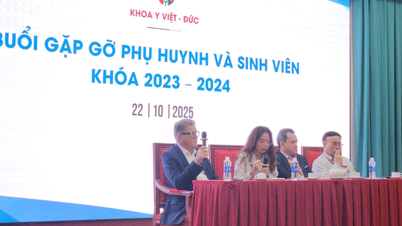





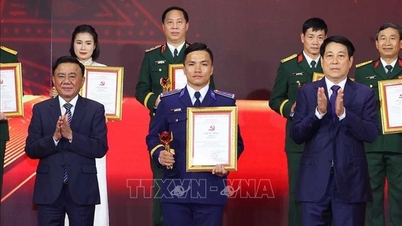

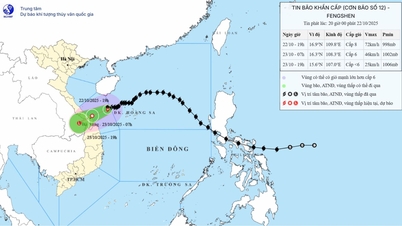
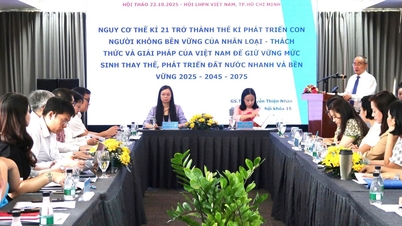

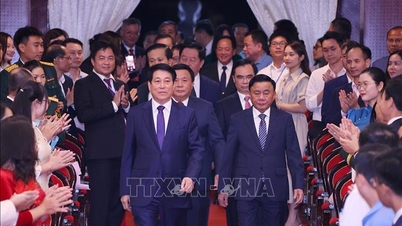
















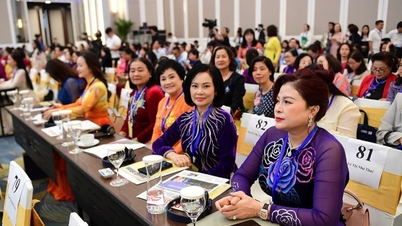



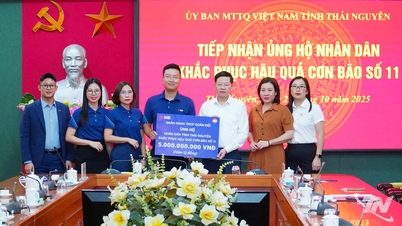






















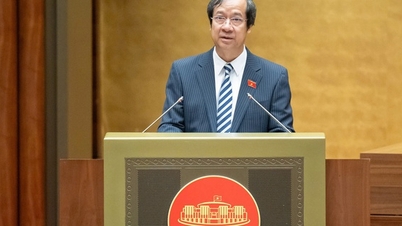


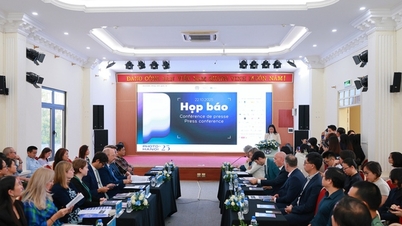
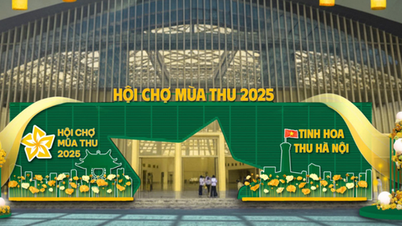
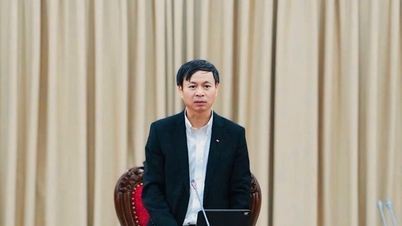


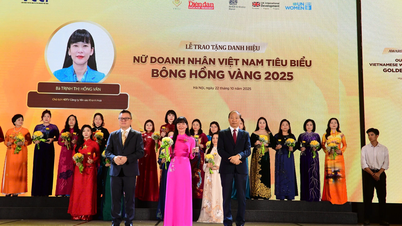























Comment (0)